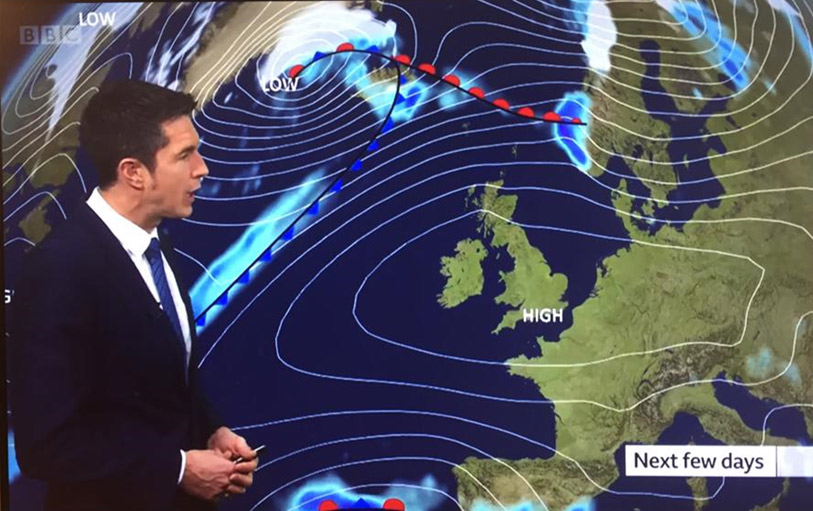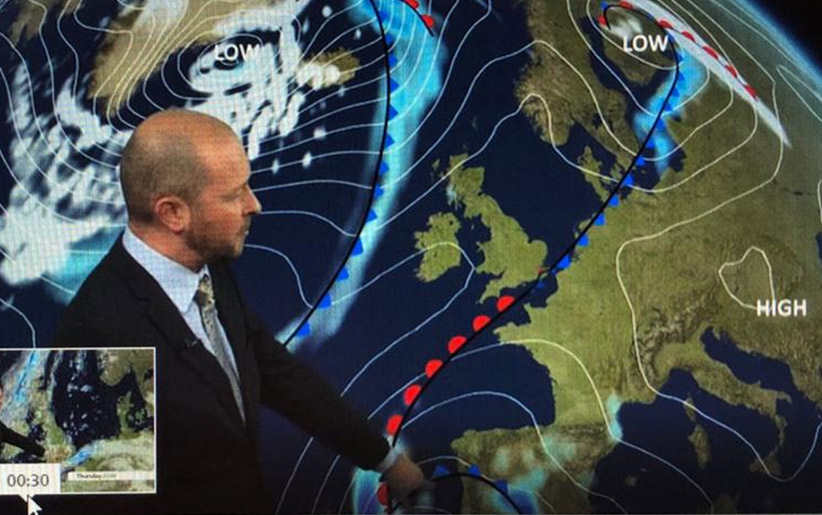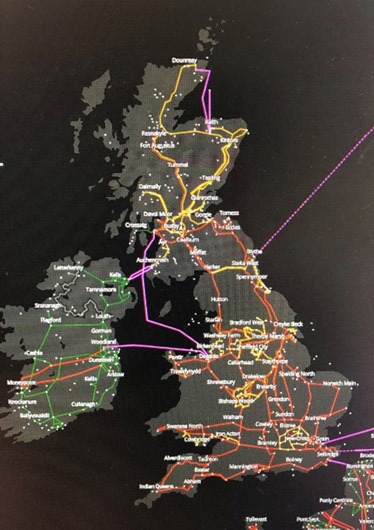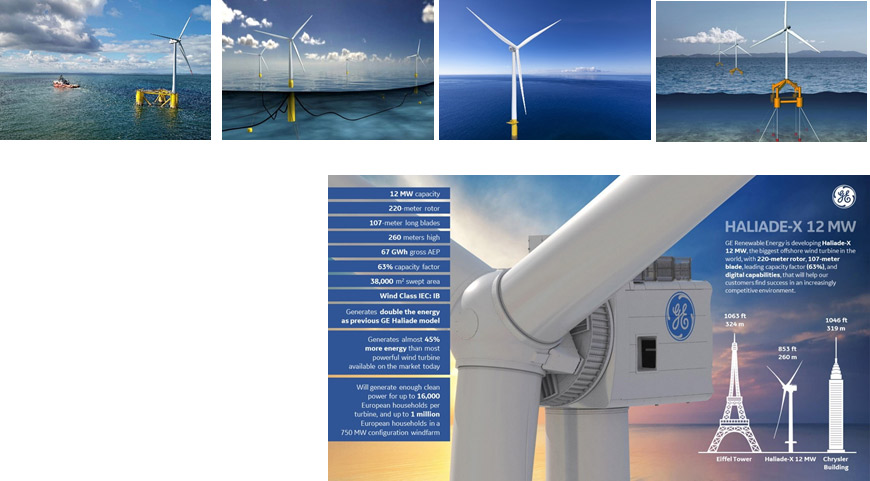IPC and Hecate Wind LLC (Hecate) of the United States have formed Hecate Independent Power (HIP) as a US/UK joint venture to develop a flotilla of fixed and floating offshore wind turbines positioned in the North Atlantic Ocean. The energy produced will be sold to customers in the United Kingdom via a series of dedicated high voltage direct current (HVDC) connectors providing captive generation capacity for the UK.
Known as Kári Energy, the Project will see 10,000 MW of wind generation installed off the coast of Iceland in a series of 1,000 MW phases or “pods” with an initial two pods of 1,000 MW each consisting of some 85 wind turbines. HIP Atlantic will not connect to Iceland’s electric transmission grid. Instead, each 1,000 MW pod will be connected directly to the UK high voltage network via subsea transmission cables as captive power in order to reinforce the UK National Grid. The first HIP Atlantic capacity is expected to connect to the west of England in late 2025.
A detailed preliminary fatal flaw analysis has led the partners to conclude that the Project has no legal, environmental or technological showstoppers. KARI Energy has the approval in principle from the Prime Minster of Iceland and the four key Icelandic ministries. HIP has also received a formal letter of support from the Government of Iceland for the first 2,000 MW of capacity in waters off the eastern coast of Iceland.
Kári Energy will be based on the latest wind turbine generator technology, using the 14 MW General Electric Haliade-X turbine, which is the largest wind turbine available on the market today and has a hub height of over 100 metres, rotor diameter approaching 200 metres and a net capacity factor of some 65 per cent. The first GE units for HIP Atlantic are targeted for installation to coincide with the closure of 9,000 MW of United Kingdom nuclear and coal fired power plants.
Some pods are targeted at private UK renewable off-takers such as Amazon, Google and Microsoft. Others may be targeted at standard UK renewables contracts for differences with the Low Carbon Contracts Company (LCCC).
Wind energy from the Iceland is typically available when North Sea wind turbines are becalmed. More importantly, the Iceland’s offshore wind has 65 per cent availability versus 40 to 45 per cent availability in the North Sea and the Irish Sea.
North Atlantic BBC Weather Map at 12 noon on 4th November 2020

North Atlantic BBC Weather at 12 noon on 26th November 2020

Connection into the UK
Tyneside is the principal east coast offshore wind connection point on the 400 kV transmission system, 1,300 kilometres from HIP Atlantic serving Teesside and Northeast England.
A shorter route can connect close to Dounreay in the north of Scotland but this would be on a 220 kV transmission line with Scottish grid constraints.
Multiple 400 kV points are possible, tying into the grid at nuclear sites soon to be decommissioned but still with high voltage connections, notably Hinkley Point, Sizewell and Bradwell. These sites are to the west as well as the east of England. Connah’s Quay, close to Liverpool, and Wylfa in Wales are also strong western connection points.
Other connections may at a later stage be made to Dungeness on the southeast coast of England and Fawley on the south coast.
10,000 MW may be absorbed by the English network alone. This is the primary HIP Atlantic connection target for the UK. Further onward links to Ireland and continental Europe are possible for later expansion beyond the initial 10,000 MW.

HVDC Cables
Key to the success of the project is HIP’s plan to sponsor new HVDC cable manufacturing capacity on Tyneside.
Large-scale battery storage will ultimately be an integral strategic part of the Project, providing ancillary services, commercial firming and balancing services. Next generation batteries will eventually allow HIP to provide improved quality and carbon neutral baseload power. This will have significant market value to customers compared with the current intermittent, “wind only” capacity. In the short-term HIP expects higher dispatch levels than offshore wind capacity in the North Sea and Irish Sea.
- HIP Atlantic has worked closely with National Grid Company in the United Kingdom to select connection points on the transmission grid which require the least amount of reinforcement as a result of the availability of 1,000 MW offshore wind pods generating energy from Iceland. In May 2021, HIP lodged four connection applications for 1,000 MW each.
- Transmission system instability, a major cause of blackouts, is associated with the injection of intermittent wind energy from multiple smaller wind projects and is the single largest challenge facing the UK grid operator.
- Large scale injection of dedicated wind energy from Iceland, which comes from a completely different meteorological catchment area in the North Atlantic, helps to reduce the risk of energy instability and volatility from having so much of Britain’s current wind capacity located solely in the North Sea.
- It is a strategic advantage to the United Kingdom grid operator to diversify its renewable energy sourcing to include 65 per cent high availability wind energy from Iceland.
Offshore Wind Technology
Proposed Offshore Wind Turbine is the General Electric Haliade-X, the world’s largest wind turbine of 14 MW generator capacity. The turbine is manufactured in England or France.
The laydown area will be based on Eastern Coast of Iceland where it will be also assembled and installed offshore in Iceland.
And finally connected to UK by HVDC cables.

Technology of Sub-Sea Direct Current Transmission Lines
A major part of the HIP Atlantic is the laying of a series of sub-sea power cables at long distance of over 1,300 kms from Iceland to the United Kingdom.
There are substantial benefits in preferring HVDC lines over HVAC for transportation distances over 1,000 kms.
DC transmission lines have been successfully deployed in countries where large power plants are far from the centres of demand. DC systems have been commissioned in Russia and Brazil and provide a benchmark. England and Norway are currently installing DC connections to all of their remote offshore wind farms.
Lower line losses from DC transmission systems improve the economics of carrying large power loads over long distances.
Over the last decade, the cost of producing cables for transporting offshore wind energy over long distances has reduced over time as more wind farms have been developed at sea. This is partly the result of increased experience leading to lower costs in laying heavy-duty power cables but also due to the cost of cable manufacturing coming down to meet the increased scale of deployment of offshore power cables.
HIP Atlantic follows the same cable laying approach as the Icelink Project launched between the governments of Iceland and Great Britain in 2015 for a 1,200 km long, 800-1200 MW HVDC transmission link connecting Iceland to the United Kingdom and offering bi-directional flows. However HIP Atlantic plans far longer cable lengths between joints by using larger cable laying vessels and bespoke cable manufacturing on Tyneside in England with deep water berthing for direct loading onto the ship. HIP Atlantic transmission cable would only permit the one-way flow of energy from Iceland to the United Kingdom.
HV DC current is converted to AC current at convertor stations onshore in the United Kingdom at key node points on the 400 kV grid.
ØBalancing power from offshore low carbon gas fired generation can be brought by HVAC cable to link on the AC side of the convertor station to provide virtual baseload at the point of connection to the 400 kV grid.